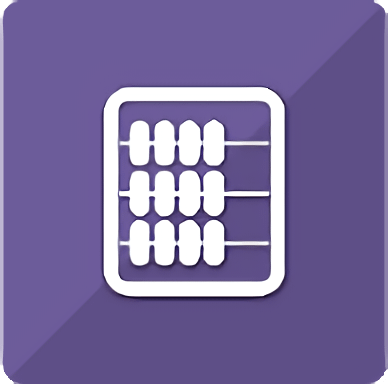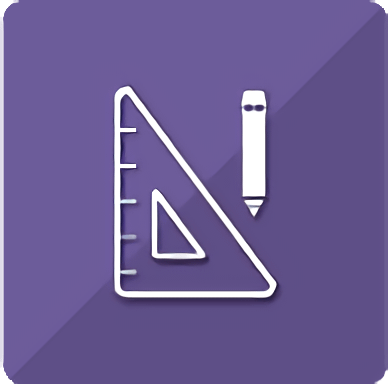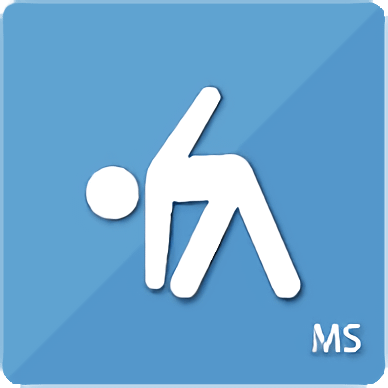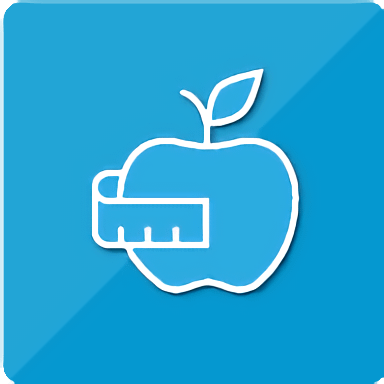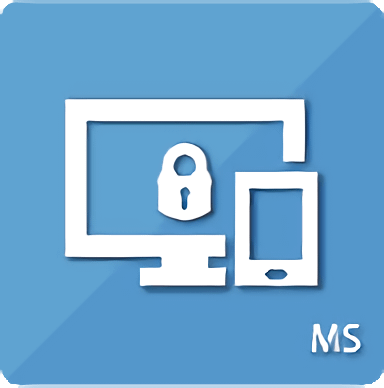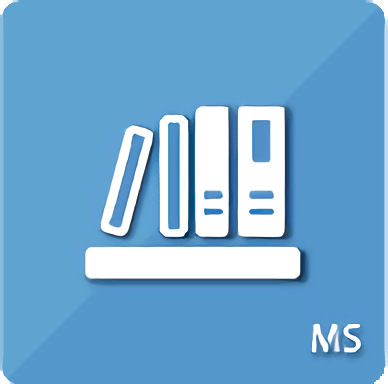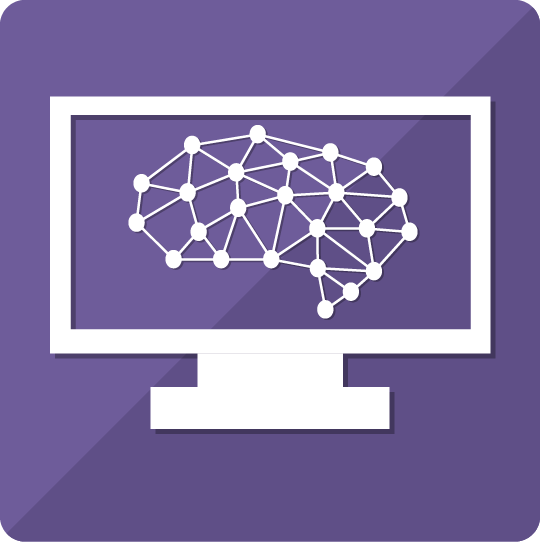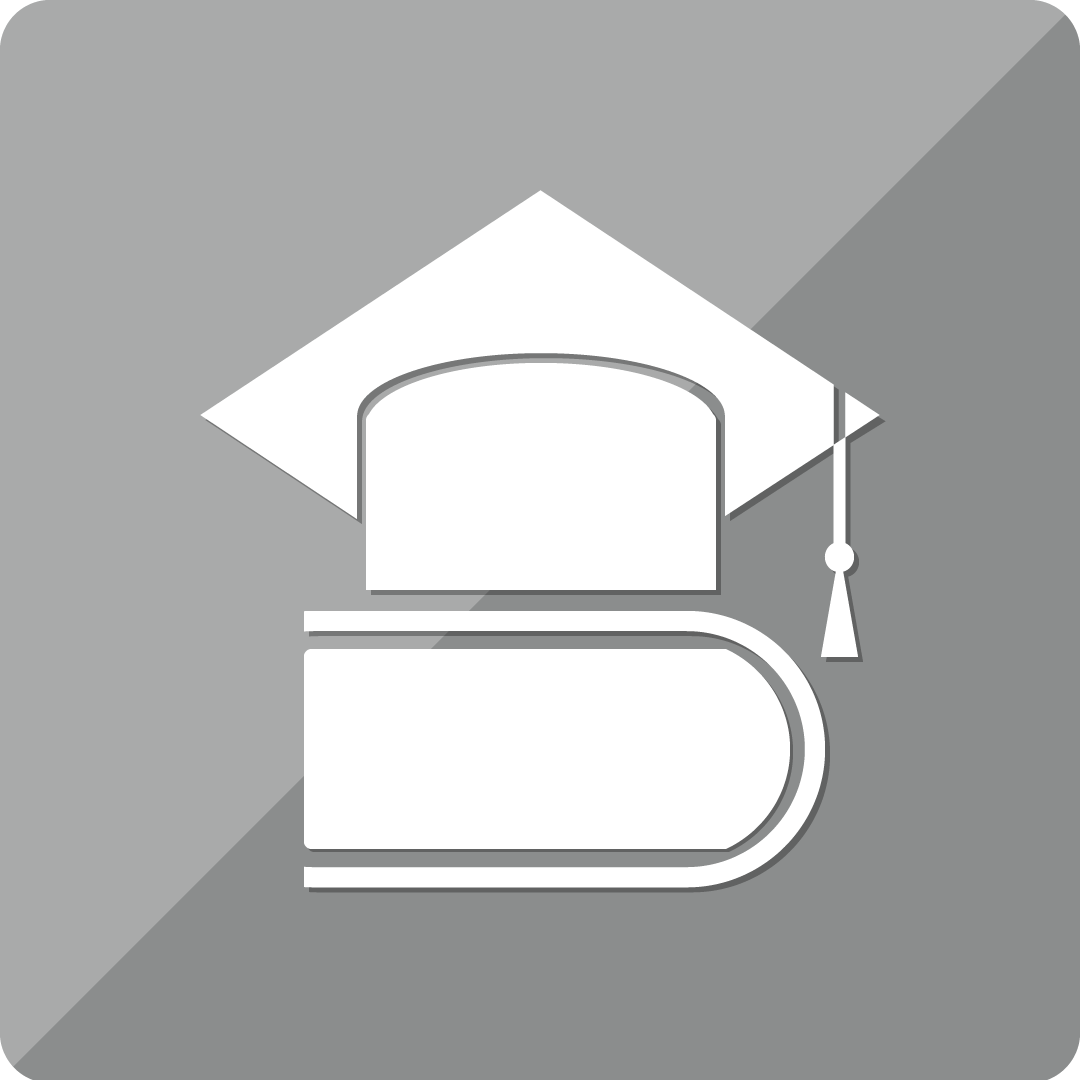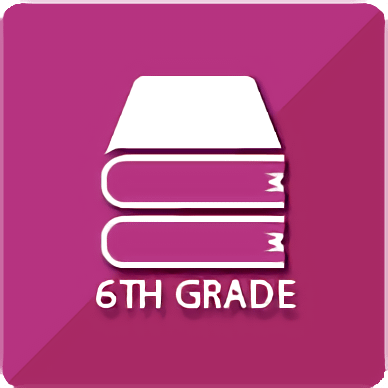General Math [Competency Based] (1st semester)
$250.00Course Description
General Math motivates students while helping them establish a strong foundation for success in developmental and consumer mathematics. The course leads students through basic mathematics and its applications, focusing on whole numbers, integers, decimals, and percentages. Students make sense of the mathematics they encounter each day, including wages, banking, interest, credit, and consumer costs. At the end of this course, students have a knowledge of and appreciation for mathematics and problem-solving that prepare them for the future.
Course Breakdown
Whole-number operations
Integer operations
Decimal operations and applications Percentages
Taxes
Deductions
Wages
Accurate record keeping
Course Goals
Perform basic operations with all types of real numbers.
Compute the average from a set of real numbers.
Solve real-world problems that use real numbers. Analyze percentages in real-world scenarios.
Interpret and calculate a total paycheck given different job types.
Manage a bank account through accurate record keeping.


